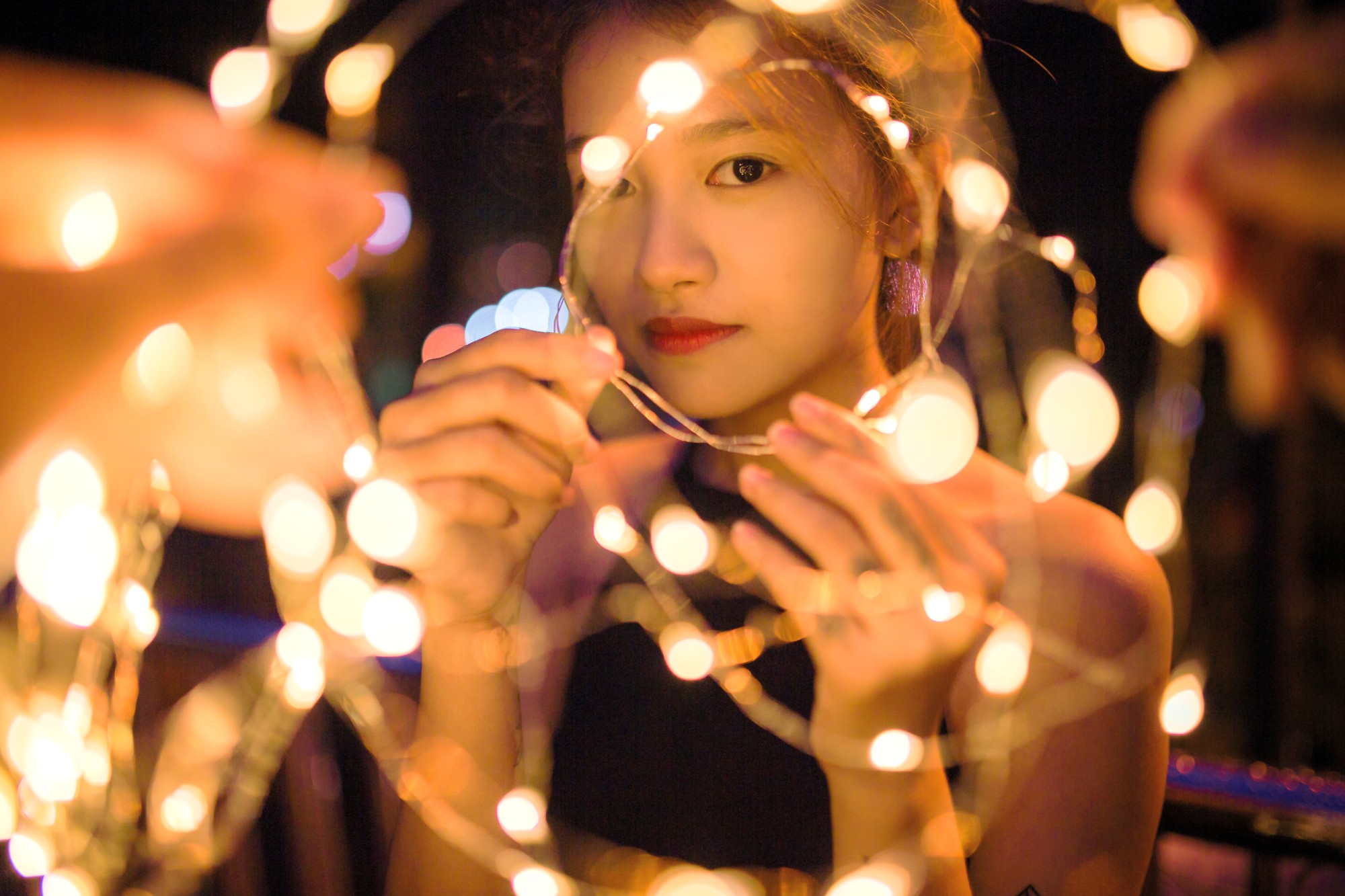It’s been 141 years since the original electric bulb went into production. Fortunately, engineers continued to work on lighting and today you have many different and better options for lighting. Today’s lights are more efficient, come in more natural tones, and last much longer.
With so many choices and so much media dedicated to greening the home and office, you’d be right to wonder what’s your best choice for lighting. The two frequent contenders right now are LED vs Halogen.
These newer bulb technologies utilize different materials to transfer the power of electricity, called Watts, into the power of light, called Lumens. Each runs a different percentage of heat to light and provides a variety of energy savings over traditional incandescent (Edison bulbs).
Read on to get a comprehensive breakdown of each bulb type and for what tasks they work best.
Table of Contents
LED vs Halogen Bulbs
If you need light in a space, both types of bulbs accomplish that goal. The real reasons to dig deeper into the performance of each bulb include cost over the lifecycle, hours of usage, and the quality of that light.
Halogen
Halogen bulbs were the first ‘energy-efficient’ bulbs to come out after tweaks to the old incandescent types. Instead of using a tungsten filament inside of a near-vacuum, a halogen bulb contains halogen gas.
To keep the bulb cool, they have a quartz powder coating. This coating reacts poorly to skin oils, it’s suggested to change and install bulbs with a glove.
Halogens are hot when running. In some cases hotter than incandescent cousins because they come in larger wattages for things such as flood or spotlights.
Halogen’s work well for planters and indoor gardening as the light contains a high amount of ultraviolet (UV) and infrared (IR) wavelengths.
They burn bright, which makes them good when you need heat with your light source. For home use, this extra heat puts additional pressure on the AC.
LED
The technology behind light-emitting diodes (LEDs) largely comes from the computer industry. They needed small, efficient lights that lasted a long time for indicators.
It’s not surprising, then, that LEDs use semiconductors instead of a filament to create light. LEDs produce low IR and UV light, limit damage that they do to fabrics and skin. This is one reason to look at LED lit mirror ideas for your bathrooms.
LEDs come in a variety of colors since they only need to change the frequency of the light, rather than toned or dyed coverings. This makes it far easier to find or even program LEDs to produce your favorite decorative tones.
LEDs last upwards of 25,000 hours and produce much less waste heat than other options. They’re also relatively inexpensive out of the box in addition to their lifecycle savings.
Find Your Space
There are only a few places where halogen bulbs come out on top in the LED vs Halogen fight. Those with a tight budget will likely still turn to the plain old incandescent bulbs for low traffic and limited use areas. For lights you keep on all the time, there’s no beating the pros of LED.
Keep coming back here for more ideas and tips on how to make your space a home.



















